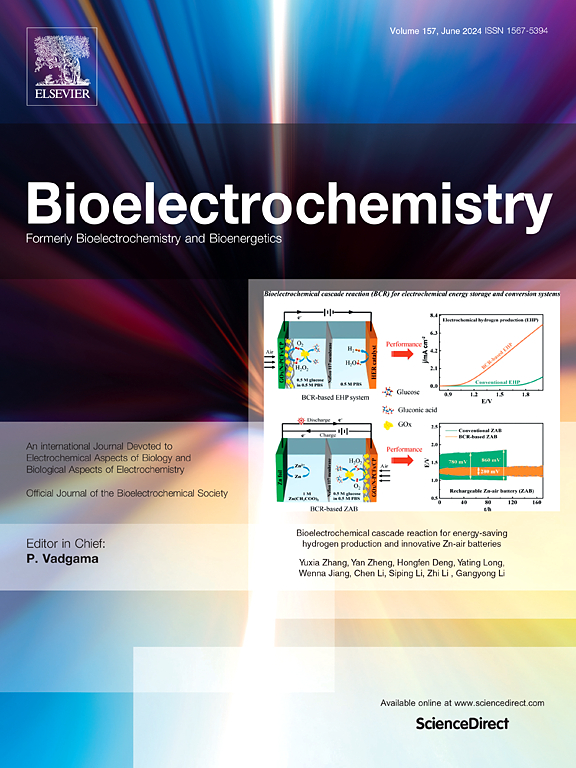早期生活逆境和青少年基底外侧杏仁核活动对皮质边缘连通性和行为的交互影响
IF 3.6
2区 医学
Q1 NEUROSCIENCES
引用次数: 0
摘要
皮质边缘的发育受环境影响,依赖于协调的神经元活动。先前的研究表明,早期生活逆境(ELA)导致青春期早期开始的基底外侧杏仁核(BLA)向前额皮质(PFC)投射的神经支配过度。ELA和皮质边缘超连通性都与焦虑样行为有关,然而驱动这些影响的潜在发育过程在很大程度上是未知的。本研究探讨了饲养环境和神经元活动对大鼠行为和皮质边缘连通性的交互影响。我们首先发现,暴露于母亲分离(MS) ELA的青少年中,BLA-PFC神经过度分布与bla诱发的PFC局部场电位增强有关。由于据报道ELA增加了早期发育的BLA的活动,我们进一步研究了青春期BLA活动的减少是否会影响行为或持久的PFC神经支配。在青春期早期,多发性硬化症动物在开放领域表现出更高的探索行为。在谷氨酸能BLA神经元的急性抑制中,饲养组之间不存在差异,因为BLA抑制类似于MS对青少年探索行为的影响。为了研究青少年BLA活性对PFC神经支配的长期影响,在青少年BLA抑制后的成年期,对PFC中起源于BLA的轴突钮扣进行了量化。我们扩展了先前的研究结果,表明MS导致持久的BLA-PFC神经过度支配。令人惊讶的是,青春期BLA抑制本身增加了对照动物的BLA- pfc神经支配,这表明青春期早期输出神经元的超极化可能导致传出投射的异常发育。综上所述,我们的研究结果表明,ELA在成年期增加了BLA- pfc神经的支配,这可能涉及BLA回路中抑制信号的增强。本文章由计算机程序翻译,如有差异,请以英文原文为准。
Interactive effects of early life adversity and adolescent basolateral amygdala activity on corticolimbic connectivity and behavior
Corticolimbic development is shaped by the environment and relies on coordinated neuronal activity. Prior work revealed that early life adversity (ELA) leads to hyperinnervation of basolateral amygdala (BLA) projections to the prefrontal cortex (PFC) beginning in early adolescence. Both ELA and corticolimbic hyperconnectivity are associated with anxiety-like behavior, however the underlying developmental processes driving these effects are largely unknown. Here we investigated interactive impacts of rearing environment and neuronal activity on behavior and corticolimbic connectivity in rats. We first found that BLA-PFC hyperinnervation was associated with enhanced BLA-evoked PFC local field potentials in adolescents exposed to maternal separation (MS) ELA. Since ELA reportedly increases activity in the early-developing BLA, we further examined whether reducing BLA activity during adolescence influences behavior or enduring PFC innervation. During early adolescence, MS animals displayed heightened exploratory behaviors in an open field. Differences between rearing groups were not present during acute inhibition of glutamatergic BLA neurons, as BLA inhibition resembled the effects of MS on adolescent exploratory behaviors. To examine longer-lasting impacts of adolescent BLA activity on PFC innervation, BLA-originating axonal boutons were quantified in the PFC during emerging adulthood after adolescent BLA inhibition. We expanded previous findings to show that MS causes enduring BLA-PFC hyperinnervation. Surprisingly, adolescent BLA inhibition itself increased BLA-PFC innervation in control animals, suggesting that hyperpolarization of output neurons during early adolescence may contribute to aberrant development of efferent projections. Taken together, our results indicate that ELA yields increased BLA-PFC innervation in adulthood that may involve enhanced inhibitory signaling within developing BLA circuitry.
求助全文
通过发布文献求助,成功后即可免费获取论文全文。
去求助
来源期刊

Neurobiology of Stress
Biochemistry, Genetics and Molecular Biology-Biochemistry
CiteScore
9.40
自引率
4.00%
发文量
74
审稿时长
48 days
期刊介绍:
Neurobiology of Stress is a multidisciplinary journal for the publication of original research and review articles on basic, translational and clinical research into stress and related disorders. It will focus on the impact of stress on the brain from cellular to behavioral functions and stress-related neuropsychiatric disorders (such as depression, trauma and anxiety). The translation of basic research findings into real-world applications will be a key aim of the journal.
Basic, translational and clinical research on the following topics as they relate to stress will be covered:
Molecular substrates and cell signaling,
Genetics and epigenetics,
Stress circuitry,
Structural and physiological plasticity,
Developmental Aspects,
Laboratory models of stress,
Neuroinflammation and pathology,
Memory and Cognition,
Motivational Processes,
Fear and Anxiety,
Stress-related neuropsychiatric disorders (including depression, PTSD, substance abuse),
Neuropsychopharmacology.
 求助内容:
求助内容: 应助结果提醒方式:
应助结果提醒方式:


